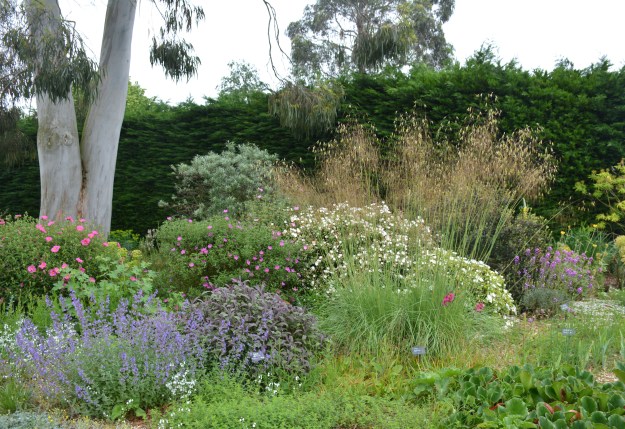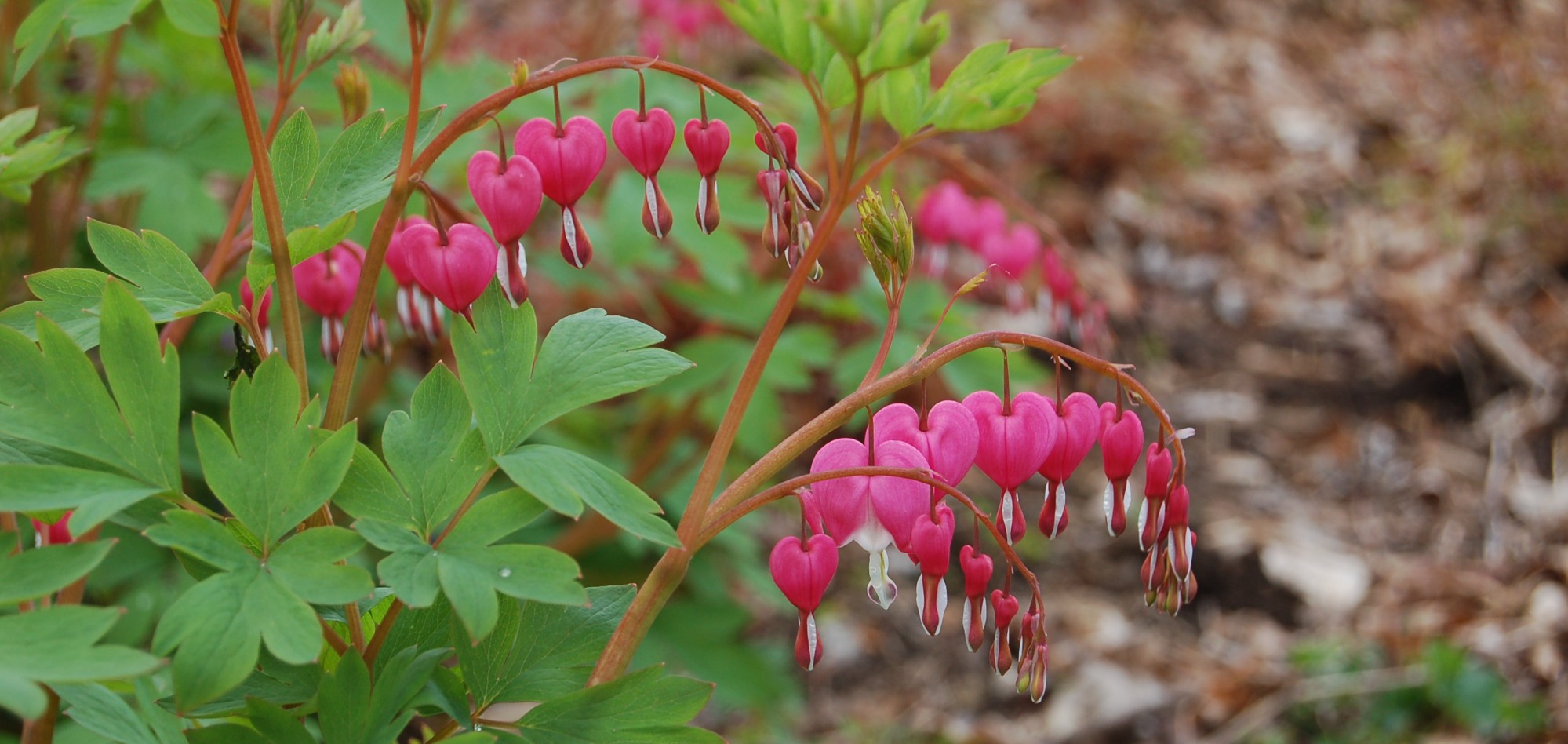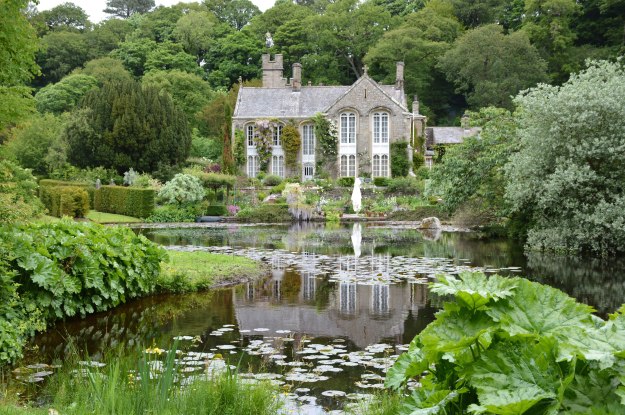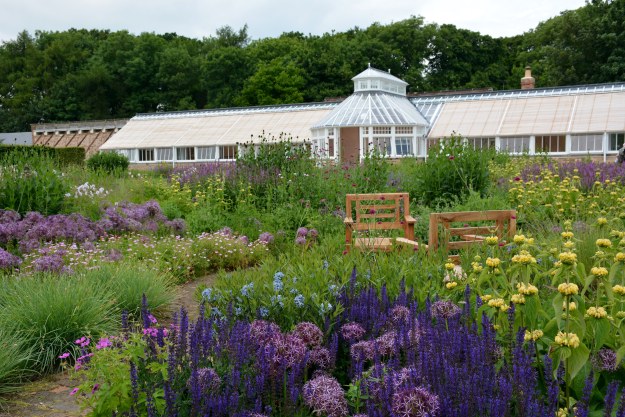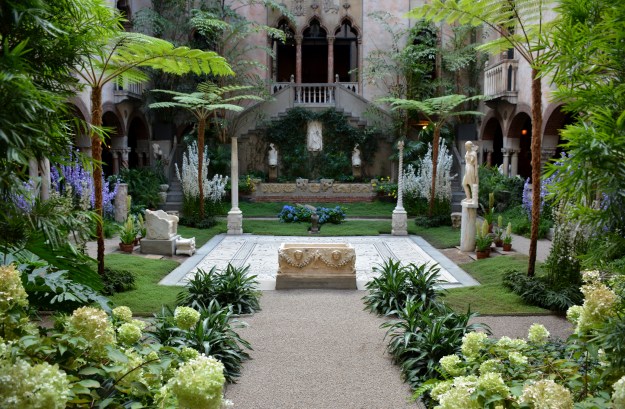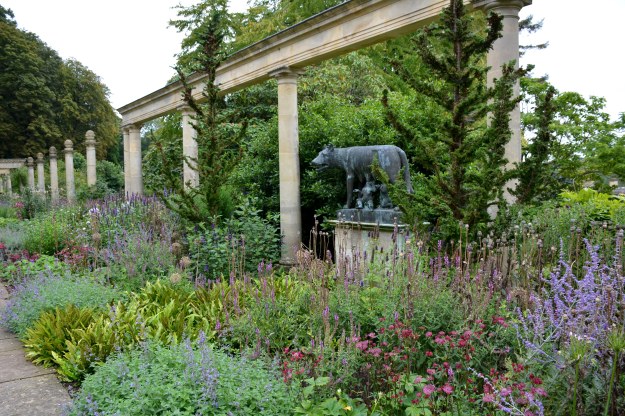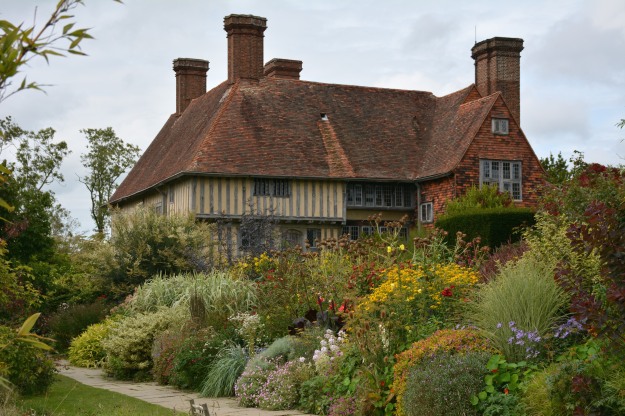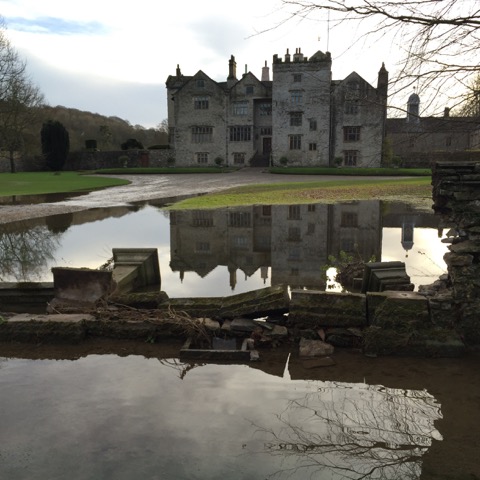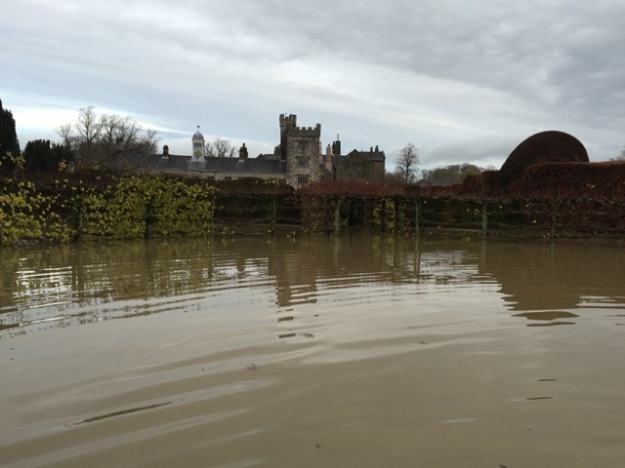Though no one wants to hear me moan, least of all me, my work days this week (including 13 long hours yesterday) were devoted to editing garden photos, an onerous task that is always left for the empty days of December. Unfortunately, I don’t seem to have any unfilled days this month, at least not yet, but I’m determined to finish nonetheless. The good news, however, is the job allows me to revisit all the breathtaking homes and gardens I’ve enjoyed in past months, including Harewood House, which now tops my Must-See-Again List.

Harewood House in Yorkshire, distinguished with an Italianate terrace laid out by Sir Charles Barry in 1843 and an earlier park by Capability Brown, plus many more delights in both the house and garden.
A holiday card from the White House (sent because of my connection with the General Federation of Women’s Clubs) arrived this week and I thought you might like a peek.

Holiday card from the White House for 2015.
I was a bit disappointed when I first opened the envelope, but this year’s offering, which opens like an accordion, is growing in my regard. If you’re not familiar with the buildings in Washington, DC, those depicted are (front to back and left to right) the White House, the Washington Monument, the Jefferson Memorial, the Lincoln Memorial, and the United States Capitol.

Greetings from the First Family.
The weather in the Upstate has been unseasonably warm for more than a week and the forecast today is for a high of 72 degrees F, so our morning along the river was especially foggy when the sun rose at 7 a.m. Relaxing on the new porch with the newspaper and my morning coffee, the effect was quite dreamy as the mist swirled just outside the room’s windows. I hope we have a pretty daytime snow sometime this winter, so I can sit in snug comfort and watch the flakes float down.

Enveloped by morning fog on the new porch.

A table for work, crafts, and meals.
One end of the porch offers a cozy sitting area and the other a table for work, crafts, or meals. You will be happy to know, I’m sure, that the (once maligned) gate now hangs with honor on the brick wall. The credit goes to my hero, Tim, who was persuaded it could (and should) be done and tackled the job with gusto, as well as his usual care and precision. Sometimes, just for fun, I welcome him home from work with the good news, “The gate is still on the wall!”

The bespoke table, made of wormy chestnut, an American species destroyed by blight 100 years ago, is also especially handsome and beloved. If you’re wondering about the low-growing plants in the copper pot, they are a relatively new holiday offering called Frosty Fern (or Frosted Fern), Selaginella krausianna variegatus. If you live locally, these were purchased at Roots, a favorite home and garden store. I love the color and texture of this club moss relative, but be warned it requires careful attention.

Ready for the front door, a Christmas swag with sleigh bells.
Roots also fashioned the holiday swag for my front door featuring authentic sleigh bells found in an antique store during my August 2014 garden tour of the Hudson River Valley. Last Christmas, I forgot all about using the bells, so thank goodness for Jenny, who sent an email reminder earlier this month.
In the garden, the winter iris (I. unguicularis), hellebores (Helleborus x), and camellias (both C. japonica and C. sasanqua) are blooming, and rightfully so. Surprisingly, so is the forsythia, adding another unusual twist to this otherworldly morning.

December blooming forsythia.
As a closing note, don’t forget to register for the Greater Greenville Master Gardener Symposium “For the Love of a Garden,” planned for February 13, as tickets are selling quickly. You don’t want to miss this Upstate event featuring an impressive array of expert speakers, including Brie Arthur, Foodscaping and Landscape Design correspondent for the PBS television show, Growing a Greener World. For details, click here.

Look for the wise and wonderful Brie Arthur at “For the Love of a Garden,” scheduled for February 13.

